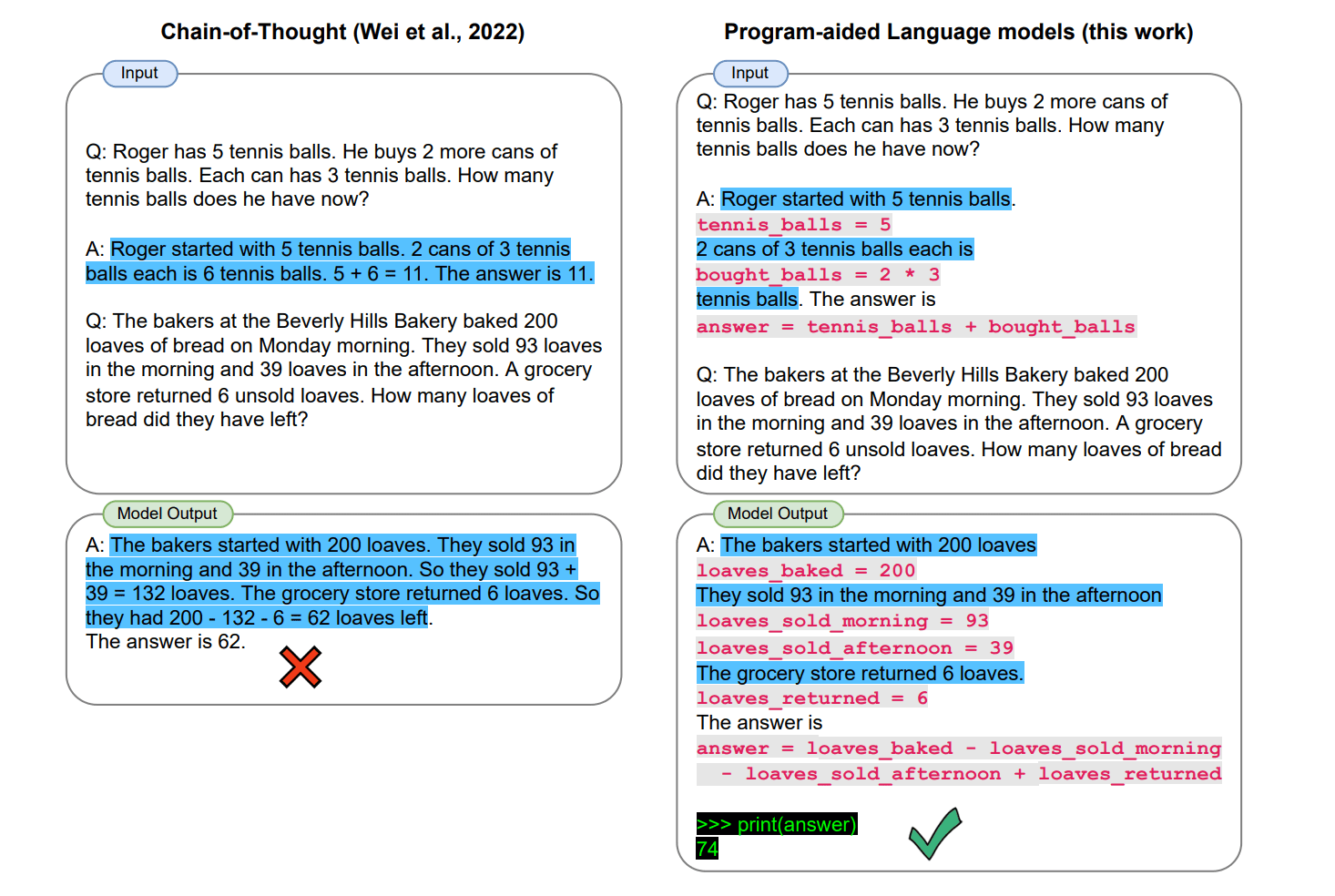
Large language models like GPT-4 or PALM have shown impressive language generation capabilities. However, their ability to perform mathematical reasoning remains very limited. Even when a model seems to logically reason through a math word problem, it often writes the wrong numerical answer.
For example, consider this simple prompt:
"Sally has 5 apples. Her friend gives her 3 more apples. How many apples does Sally have now?"
The model may generate logical reasoning steps:
"Sally started with 5 apples. Her friend gave her 3 more apples. So Sally had 5 + 3 = 8 apples in total."
But instead of outputting the correct answer of 8 apples, the model often predicts the wrong number like "7 apples", despite its accurate reasoning chain.
This inability to execute even simple arithmetic operations indicates fundamental limitations of large neural network models. Relying on them for any quantitative reasoning risks unpredictable errors.
An emerging technique called program-aided language models (PAL) provides a solution. With PAL, the model generates reasoning steps as short Python programs rather than just text. For example:
apples_original = 5 apples_added = 3 apples_total = apples_original + apples_added
These code snippets are executed in an external Python interpreter to get the final answer. This takes advantage of the model's language skills while using a reliable, deterministic system for the math.
In this way, PAL combines neural networks and symbolic programming to achieve robust reasoning. The model handles language understanding and breakdown into logical steps. But the Python interpreter guarantees accurate arithmetic execution.
The strengths and flaws of neural networks and symbolic systems are often complementary. With creative blending like PAL, we can build AI reasoning that is greater than the sum of its parts.
Business leaders should track techniques like PAL that make AI systems more robust and reliable for real-world use by integrating different capabilities. However, productizing combinations like neural networks and symbolic programming remains an open challenge. The components must coordinate seamlessly. As models advance, blending AI approaches will likely be key to reaching the next level of intelligence. The future is hybrid systems with integrated strengths. But this requires business investment in research and development to productize. Leaders must support exploring synergies between different AI techniques beyond just scaling up one approach.


